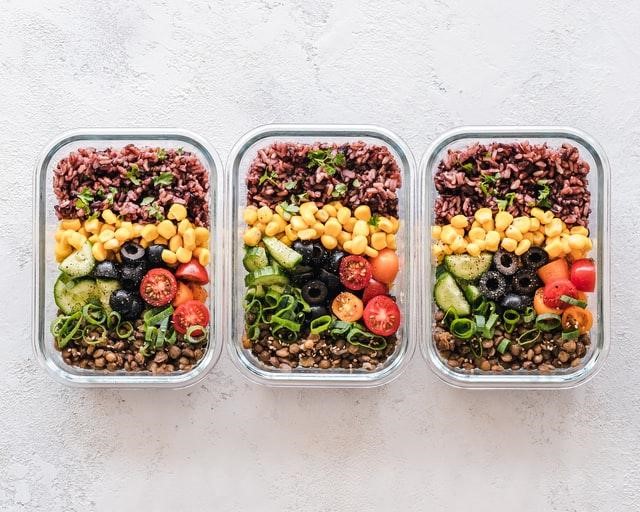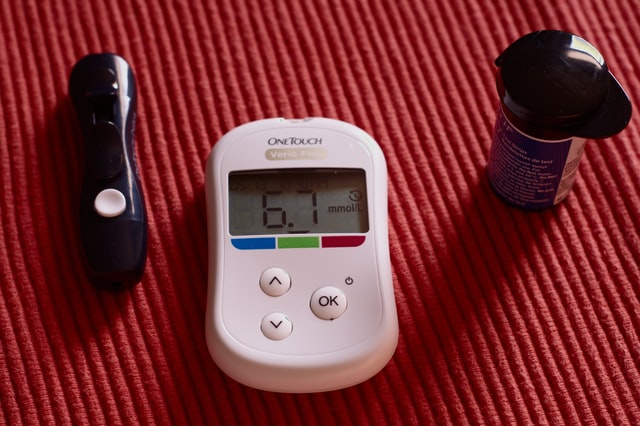
The majority of glucose meters that we find on the market today will last for a very long time. Some can last ten years or longer. However, is it possible to get inaccurate readings on a glucose meter?
There are different factors that could cause an inaccurate reading. The only way to know immediately if the reading is accurate or not is to test twice, right after each other. If the reading comes out the same, there is likely no issue.
However, if in that short of a time, you end up with two different readings, likely not even close to each other, there could be one of any number of issues causing the problem. Granted, due to the advancements in technology, you probably do not want to wait a decade before replacing your glucose meter.
Your glucose machine is meant to remain accurate, and you should test it each time that you begin a new bottle of test strips. Depending on the age of your glucose meter, you may want to test midway through a vial of test strips also.
If it seems that you have had many fluctuations in your glucose readings lately, you will want to begin to record the numbers after each reading. This includes the time of the reading, was it before or after the meal, and also whether the meal is eaten. This information could be important when you speak with your Medical Care Team in regards to the glucose fluctuations.
One of the common issues with Diabetes is a change in vision, if not a complete loss of vision. At a time such as this, it is best to have a newer glucose meter that is capable of recording the readings and the times of each reading. If you are feeling out of sorts, you should make sure that you have someone available that can also check your readings.
A person with sight would be able to verify there is an issue and it is not just you feeling out of sorts. This is beneficial because if your readings are low, they can be sure to help you get that back into the proper range. This alone may help make you feel better.
Factors that can affect the accuracy
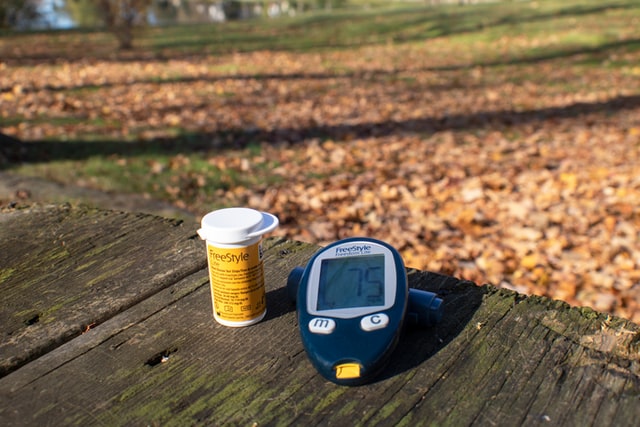
Test strip issues including damaged strips or expired test strips will definitely have an effect on the accuracy. There is also the possibility that the test strips you have are not compatible with the meter that you have. Always be sure to check the compatibility, and ask the physician if you have questions. If the test strips have been exposed to moisture or heat, that will affect the readings.
Extreme temp fluctuations will affect the accuracy of the glucose meter readings. Keep both the meter and the test strips at room temperature. Rubbing alcohol or debris on your finger or arm will possibly have an effect on the accuracy of the readings. Wash the arm or fingertip once more. Use a fresh alcohol pad to sterilize the area and remove unseeable debris or oil. Check the reading again.
Monitor issues such as low batteries will have an impact on the readings achieved. Be sure to have a steady supply of fresh batteries for use in the glucose meter. Another issue could be that the test strip was not fully inserted into the meter.
Blood amount lacking on the test strip. When you perform the test, you need to have the full amount of blood that is required in order for the test to be accurate. If there is too little blood, the glucose meter may not be able to take a reading at all. This is also the same for too much blood on the test strip. The test strips box should let you know how much of a blood sample you need to have an accurate reading.
The location of the test may make a difference in the readings. There should be no difference, however, there is a slight chance that the blood will read slightly different. The readings that come from the fingertips tend to be more accurate than the arm area.
Anaemia is when your red blood cell count is extremely low. When this happens, the glucose meter may not be accurate. This would also be the case if you are dehydrated. When you are in doubt about reading, use a test with a test solution. This test solution should be used each time you open a new container of test strips. Use the test control liquid solution if you accidentally drop the meter.
Another method of testing not only the meter but also the strips is to bring your meter with you when you go to the Clinic for an appointment. When they do a blood glucose test, you should also perform one with your meter and compare the readings between the two. They should be the same. However, readings that are within 15% of the lab reading are considered accurate.
When you have had the glucose meter for a number of years, your insurance company would likely be willing to fund a newer glucose meter.
Women with gestational diabetes need to keep records of their glucose levels and they can be shared with the physician. If the glucose readings are questionable, the Physician may want to raise or lower the insulin levels daily.
It should be remembered that the accuracy of the blood glucose meter is not dependent on how many times you test in the same area at about the same time. The accuracy is more dependent on how your readings compare to the lab results.
In order for this to be accurately determined blood should be drawn in tandem and tested at the same time. According to the Food and Drug Administration, an accurate meter will read within 15% of the lab results, 95% of the time.
Mistakes
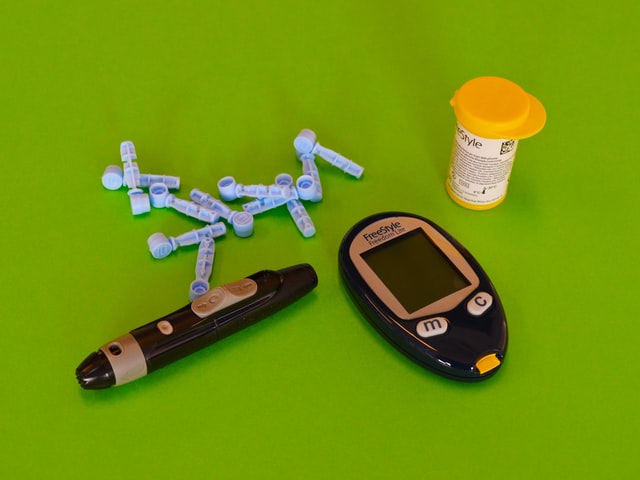
There can be mistakes made when using a glucose meter. These all will make a difference in the reading you obtain.
Not wash your hands before doing the glucose test. Any dirt, debris, or even body oil can make a difference in the reading. If you are unable to wash your hands with soap and water before doing the test, it is okay to use a clean tissue and wipe away the first drop of blood and then use the second drop for testing.
The length of time after eating will definitely make a difference in the reading. Most people believe that they should test between 30 minutes to one hour after eating to obtain a proper reading. In actuality, testing two hours after eating is always the best amount of time. Many Physicians will also suggest doing a reading before you sit down to eat the meal.
Keep a record of all testing that you do. All it takes is a small notebook, a pen and the ability to write down the information. This notebook should be shared with the Physician if there are or have been any medical issues for you.
Each brand of glucose meter is compatible with different strips and lancets. If you are unsure how to pair them up, please speak with the Pharmacist. He can pinpoint the exact items that you need to obtain accurate results.
Another aspect of testing strips is to be sure that you are using test strips that have not expired. Lancets are not to be used more than one time. To obtain the proper reading, the lancet needs to be clean, sharp and in perfect condition.
One common mistake that is made is that many people will squeeze their fingers to get the blood out for a sample. Squeezing the fingers to get enough blood is not going to give an accurate reading. If you use the sides of the fingertips you will experience far less pain and discomfort as the nerves are not in that portion of the fingers.
If you are one of the many people who have cold hands or poor circulation in your hands, the suggestions include washing your hands in warm water to warm them up or shaking your arms and hands to warm up your hands. You can even rub your hands together to warm them up.
Dehydration
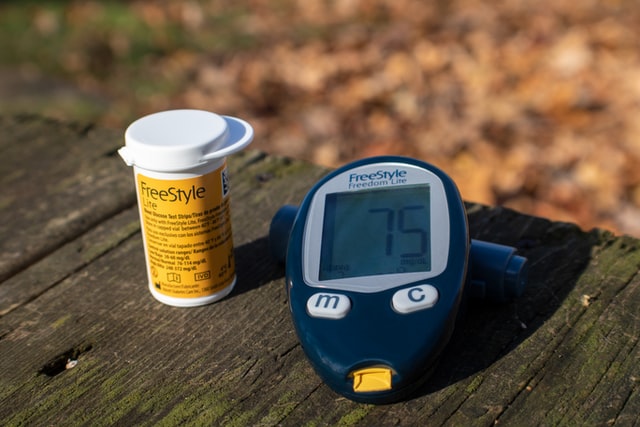
Dehydration will make it difficult to get an accurate reading. The body needs to have a certain amount of water for the organs and cells to function properly. When you are not hydrated properly, your body is struggling to work. Dehydration causes an increase in your blood glucose levels. Being dehydrated increases the increase of glucose in the blood. This increase in glucose will cause you more frequent urination which will lead to further dehydration.
Such a vicious circle over drinking water daily. Foolish for those who think they do not need water, that the coffee or sugar-free soda, or juices are enough. Many of those aforementioned items contain either caffeine, sugar or both. These can wreak havoc on the glucose levels also.
Conclusion
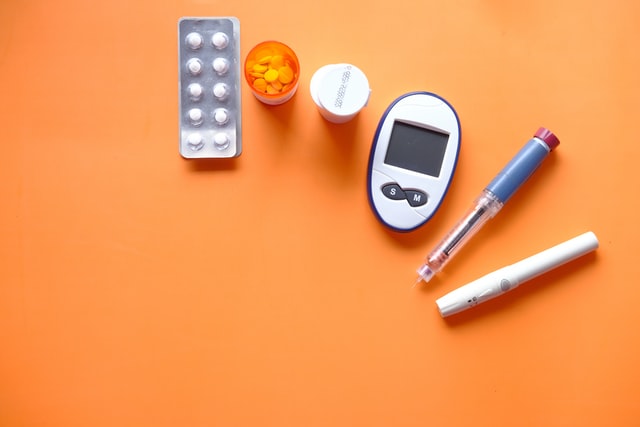
Eating healthy is not that difficult, there are many foods in Nature’s Bounty that will soothe a sweet tooth, and keep you feeling full which eliminates the desire to binge snack.
Keep your glucose meter updated to the most recent technology that is possible within your budget. You would be surprised at the benefits of new versus old. Again, any questions in regards to the glucose meter, strips or lancets, the Pharmacist will be able to answer any questions to ensure that you have the items you need that are compatible.




